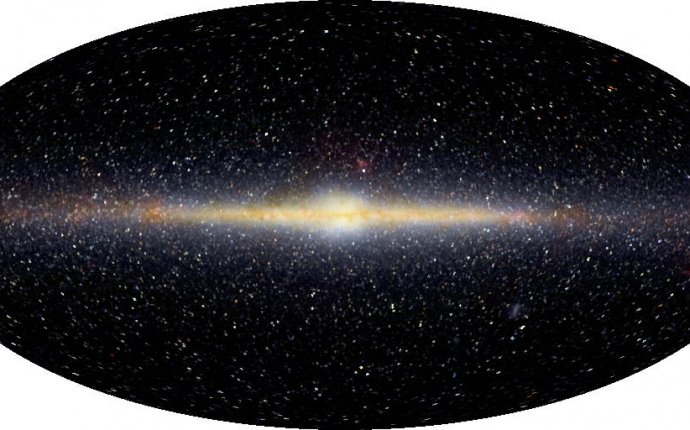
What is Astronomy about?
Welcome to my 365 Days of Astronomy page for the April 14th, 2010 episode called “What is Astronomy?” This month I am exploring what astronomy is and how it interconnects with sciences such as physics, chemistry, geology, and biology. Of course, we all kinda know what astronomy is — that study of the planets, stars, galaxies — and so forth. If you take an astronomy course, you start out by learning a number of different strands: what things are in the sky, how they relate to each other, how to measure them (their motions, temperatures), and the basics of such things as orbital mechanics. Later on, in higher-level courses, you start to apply physics to understand the processes that make stars shine, that work to create new stars and planets, and govern the motions of intermingling galaxies. That takes you into the realm of astrophysics. Much of NASA does in astronomy research can be properly termed astrophysics — and you can learn a lot about the subject by looking at such pages as Goddard Space Flight Center’s Astrophysics Science Division web pages.
When we start getting specific in our study of planets, then we wander into a realm that is part astronomy and part geology. Astronomy tells us what’s out there; geology tells us about the planets, moons, and rings that we study beyond Earth. Geology helps us understand the processes that shape Earth’s surface, about the structure and morphology of our planet (morphology is a fancy word for “shape”), and how the various parts of our planet interact with each other. The ocean and land, for example, have a connected relationship; the atmosphere interacts with both. When we apply what we’ve learned geologically about our own planet to other planets — say to Mars or the moons of Jupiter, we see processes at work in those places that are the same ones that shaped our planet: volcanism, tectonism, weathering (erosion), and cratering. That melding of astronomy and geology is called planetary science, and it keeps a significant number of scientists around the world busy studying our own solar system. As we discover worlds around other stars, planetary science also plays a role in helping to determine what those worlds might be like — and how they might have formed. Did they form as our own planets did? If so, what can their formation tell us about the birth of our own solar system some 4.6 billion years ago.
Chemistry and biology are also connected to astronomy in very interesting ways. Chemistry — specifically the discipline of spectroscopy — lets us look at the light from stars, planets, and galaxies and use the fingerprints of elements like hydrogen and carbon and nitrogen and calcium and many others — to understand the following things about objects in space: their temperatures, motion through space, velocities, magnetic fields (if they have them), and their direction through space. So, for example, if you take a spectrum of the Sun (that is, if you take its light and break it down to its component wavelengths), you will find the chemical fingerprints of the elements hydrogen and calcium, for example. Cosmo-chemistry is the application of chemical knowledge of elements in the cosmos to the understanding of what objects in the universe are made of — those stars and planets and galaxies that you first learned about in Astronomy 101.











